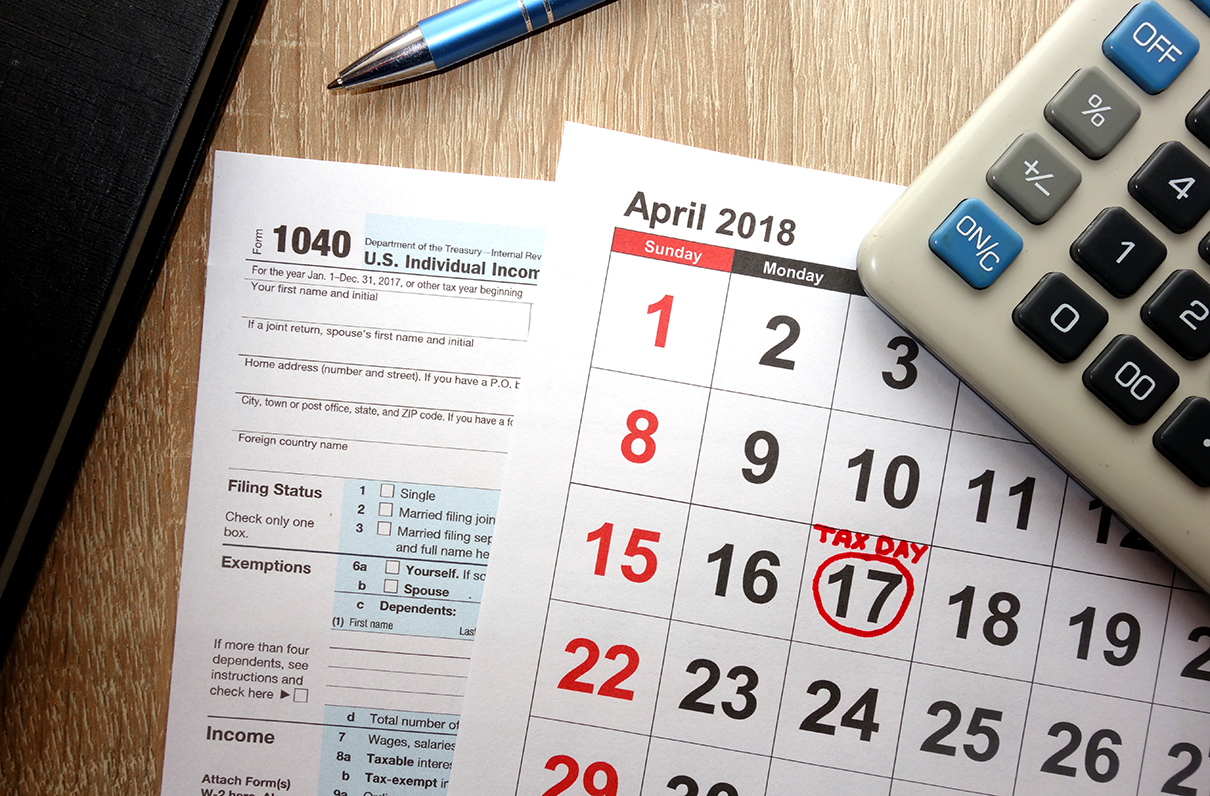The dreaded date of April 17 is almost upon us. If you haven’t thought about doing your 2017 taxes, yesterday was the time to start.
Hiring a tax professional is a good idea if words like “adjusted gross income” make you break out in a cold sweat or your tax situation is complicated by items like multistate military pay, self-employment, complex investments, or survivor benefits. But if you have a pretty good idea about how the tax process works and you don’t have much more than the typical mortgage and 2.3 kids, then doing them yourself is a real possibility.
Tax software like TurboTax and TaxSlayer have brought tax preparation mainstream. Millions of Americans easily walk through the Q&A format of these programs, and voila, your taxes are done! Their error-checking, pop-up questions and guidance, assistance from tax experts via phone, and audit support will address any concerns you might have about the accuracy of your return, although some programs might charge extra for these services. Many charge extra for state filings as well.
Some other reliable options are H&R Block, TaxAct, Jackson Hewitt, credit karma, and Liberty. Their prices vary; some are even free. Many have website pages devoted to tax issues military personnel face and offer them free or discounted services.
Perhaps your best option is the Volunteer Tax Assistance Program, which offers free tax consultation and preparation for servicemembers and veterans. Specialists familiar with military-specific tax issues can be reached by phone at (800) 342-9647 or at locations nationwide.
Filing can be done through snail mail (pay the extra to get proof of mailing), but e-filing is available through all the software mentioned. Although many already are free, there are other free e-filing options specifically for military personnel and their families such as Military OneSource.
One task you’ll have to do regardless of who does your taxes is collect the information needed to prepare them. Keep an eye out for any mail marked with “Tax Information Enclosed.” Many employers and financial institutions provide online access to year-end tax documents. Keeping receipts in the proverbial shoebox might make your tax preparer groan, but it’s acceptable as long as you’ve stuffed it with everything you need; search online for “tax documentation checklist” to make sure.
If you’re still shaking in your boots and need more time, you can submit a six-month automatic extension to file your return, but you must pay any tax owed by April 17.
